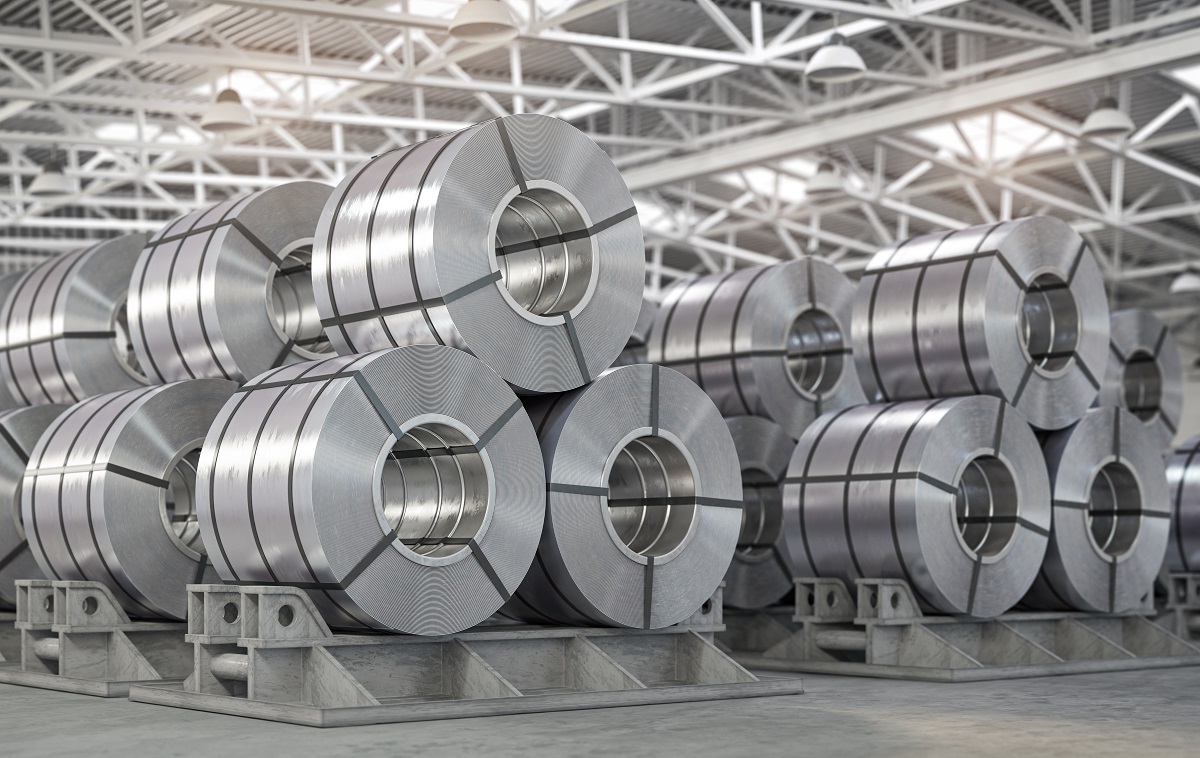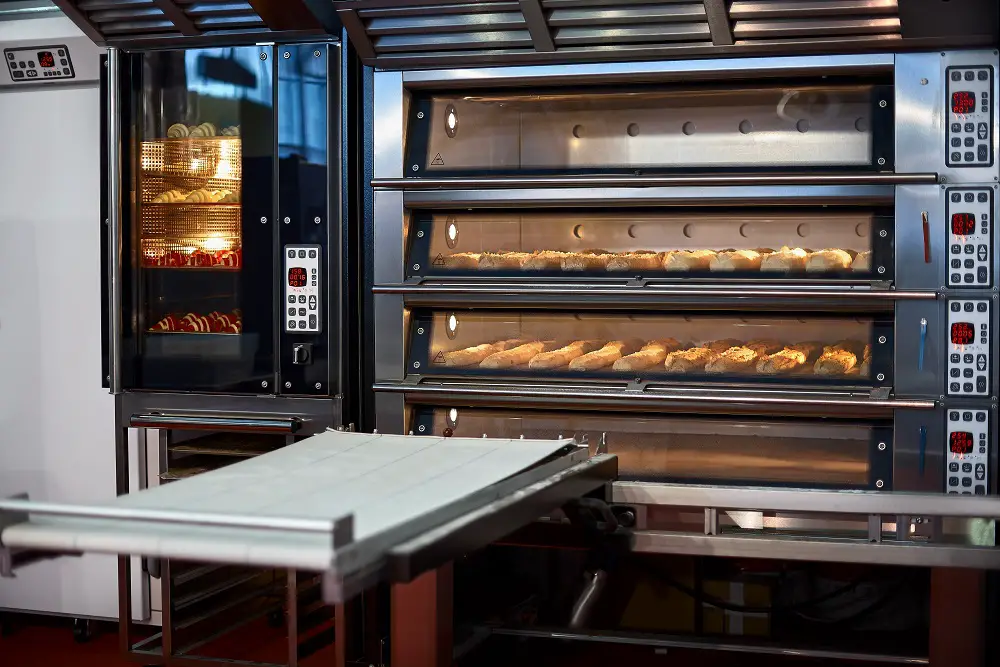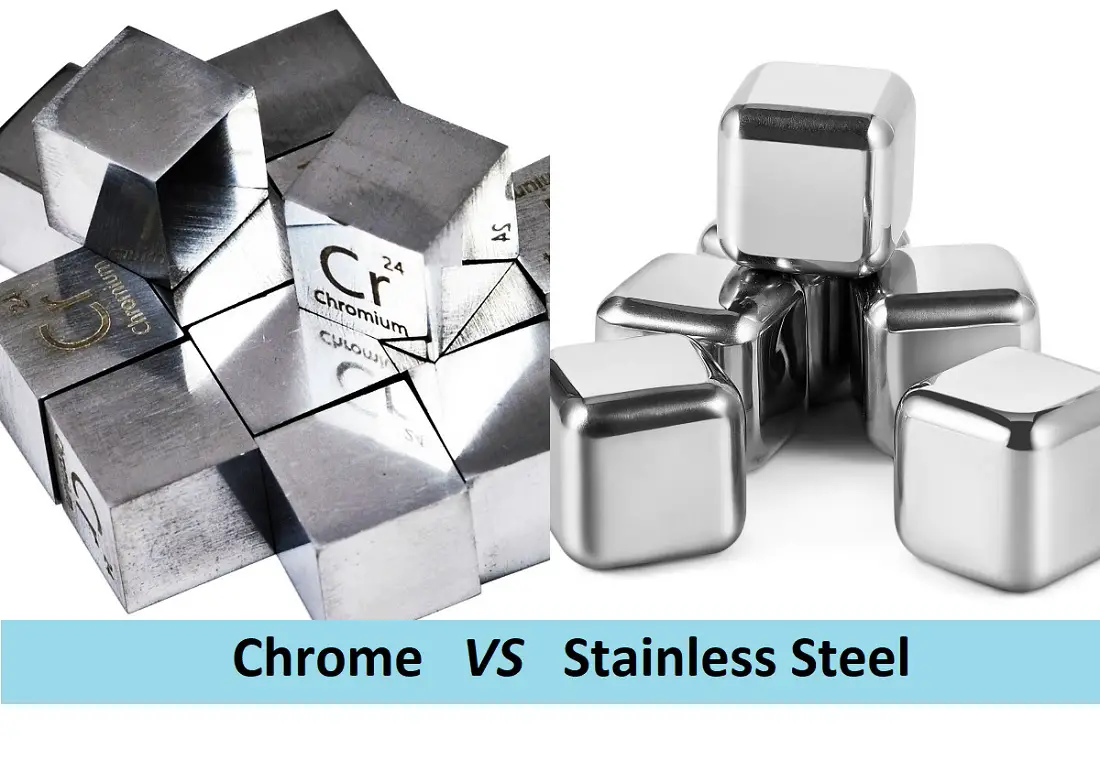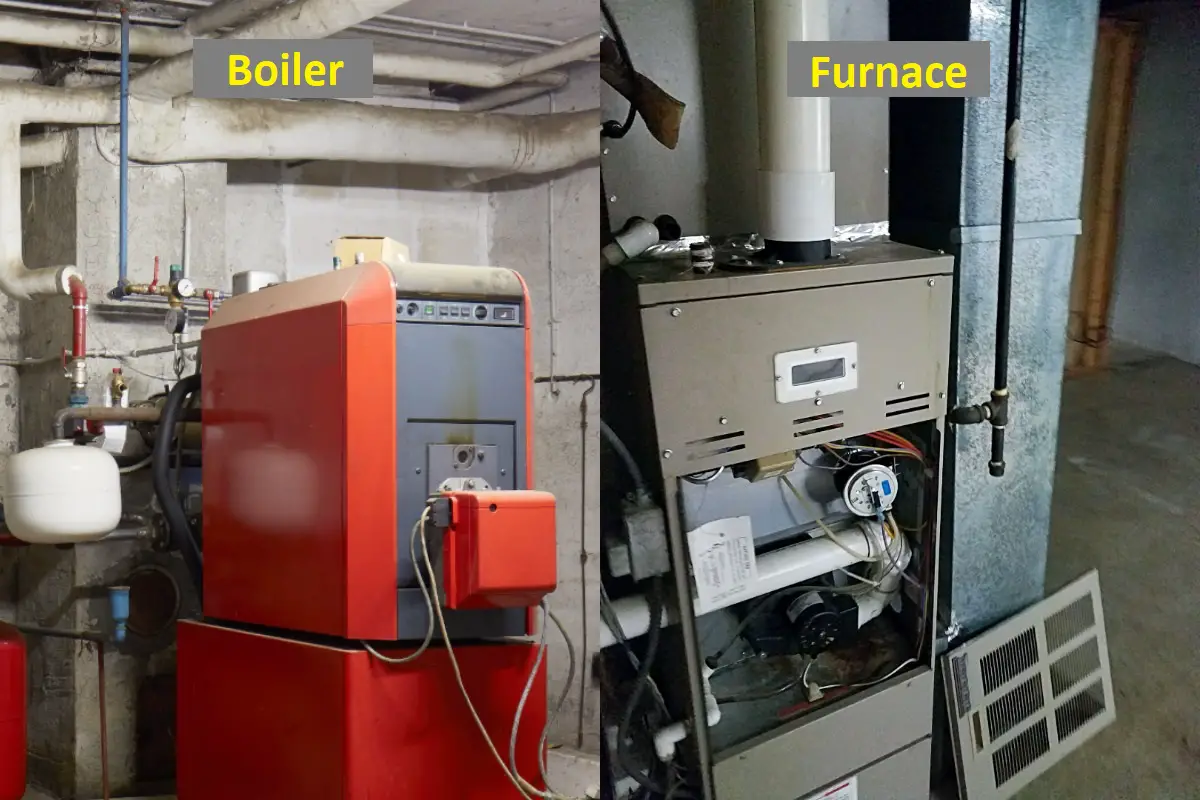Difference Between 304 and 316 Stainless Steel
Stainless steel is one of the most durable man-made metals. This iron alloy has an extremely wide range of uses, proving its worth in cookware to electronics, and even construction.
Out of all the types of stainless steel that exist, Austenitic stainless steels are widely preferred. Thanks to their superior mechanical properties, corrosion resistance, and formability.
The most popular Austenitic stainless steels are undoubtedly 304 and 316. But what is the difference between 304 and 316 stainless steel? Although they look similar, they do perform differently and vary in their applications.
If you’re searching for the best stainless steel for your project, it can be helpful to refer to the following rundown on the main distinctions between the two.
Difference Between 304 and 316 Stainless Steel
Before you can understand what sets 304 stainless steel apart from 316 stainless steel, you’ll first need to have a good grasp of what each metal is and does. But first, let’s learn a little bit more about austenitic stainless steel.
What Is Austenitic Stainless Steel?
Austenitic grade stainless steels, also sometimes referred to as 300 series, are characterized by high levels of nickel and molybdenum. The tensile strength, toughness, and superior resistance to corrosion and abrasion of 300-grade stainless steels can be attributed to chromium.
Meanwhile, the nickel component enhances the steel’s toughness without impacting its overall ductility.
Austenitic stainless steels also incorporate molybdenum, which further enhances its strength and hardenability. Creep resistance is another benefit of adding molybdenum to the alloy, making it the ideal choice in stainless steel for elevated structures.
So with that out of the way, let’s see what 304 and 316 stainless steel each has to offer.
What Is 304 Stainless Steel?
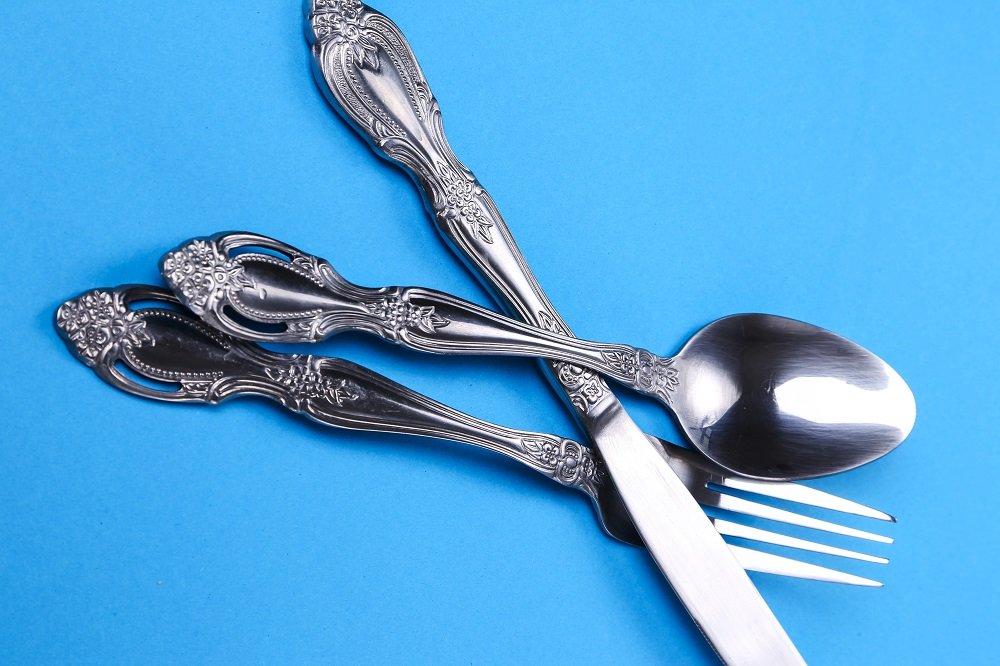
The most popular and widely used stainless steel, particularly in the construction of kitchen utensils and industrial applications, is undoubtedly 304. It is highly resistant to heat and corrosion and offers characteristic formability, which allows it to be welded into many different shapes for various applications.
Another variant of 304 stainless steel is 304L, which has lower mechanical properties and stands up to detrimental carbide precipitation (caused by welding). It also has high corrosion resistance.
What Is 316 Stainless Steel?

Compared to 304 stainless steel, 316 is less ordered around the world. And yet, its corrosion resistance is markedly better than the 304. Especially if your project involves corrosive acids and chlorides, 316 is the stainless steel you should choose.
It’s understandable why 316 stainless steel is used most widely in the production of medical equipment and foodservice. This is also the top choice for building structures in coastal environments or other places with high salt levels.
Because of its enhanced resistance, 316 stainless steel is also easier to clean with the help of high-strength cleansers. As such, it’s the perfect choice for environments with rigid standards for cleanliness and hygiene.
What’s The Difference Between Chrome and Stainless Steel?
Difference Between 304 and 316 Stainless Steel
Now that you have some idea about what 304 and 316 stainless steel are, we can identify the key differences between them.
316 Has Higher Molybdenum and Nickel Levels
This is the primary distinction between 316 and 304 stainless steel: the presence of higher molybdenum and nickel levels in 316. As mentioned above, the chemical element molybdenum works towards hardening and strengthening steel.
In 316 stainless steel, molybdenum is what produces resistance to chloride corrosion. Nickel, meanwhile, makes up a larger proportion of 316 alloys (10%) in comparison to 304, which has only about 8%.
304 Stainless Steel Is Cheaper and More Versatile
Although 304 and 316 are similar in chemical composition and appearance, the relative popularity of 304 can definitely be chalked up to its higher affordability. At the same time, it’s also much more versatile, thanks to greater formability.
316 Offers Higher Corrosion Resistance
The corrosion resistance of 304 stainless steel is quite impressive, although not as much as 316. When it comes to chlorinated environments such as pools, for example, you really can’t choose anything other than 316 stainless.
Even though it will cost you more, 316 stainless is the better long-term investment if keeping corrosion to a minimum is your main priority.
Recommended for You:
- Difference Between Casting and Forging
- Difference Between Ferrous and Non-Ferrous Metals
- Pipe Vs. Tube: What’s The Difference Between Pipe and Tube?
Should You Use 304 or 316 Stainless Steel?
Quite obviously, the answer to that question depends upon the intended application. Due to its excellent formability, 304 stainless steel is the better choice in the automotive environment, kitchen equipment, storage tanks, etc. It’s also the one you should choose if affordability is a concern for you.
On the other hand, the superior corrosion resistance of 316 stainless steel can’t be denied. So if the environment in which it will be used is made up of corrosive elements or is underwater or calls for greater strength, you should definitely go with 316.
We hope that we’ve elucidated the main difference between 304 and 316 stainless steel. Remember, it depends upon the intended usage and required corrosion resistance. We wish you good luck with your project!
